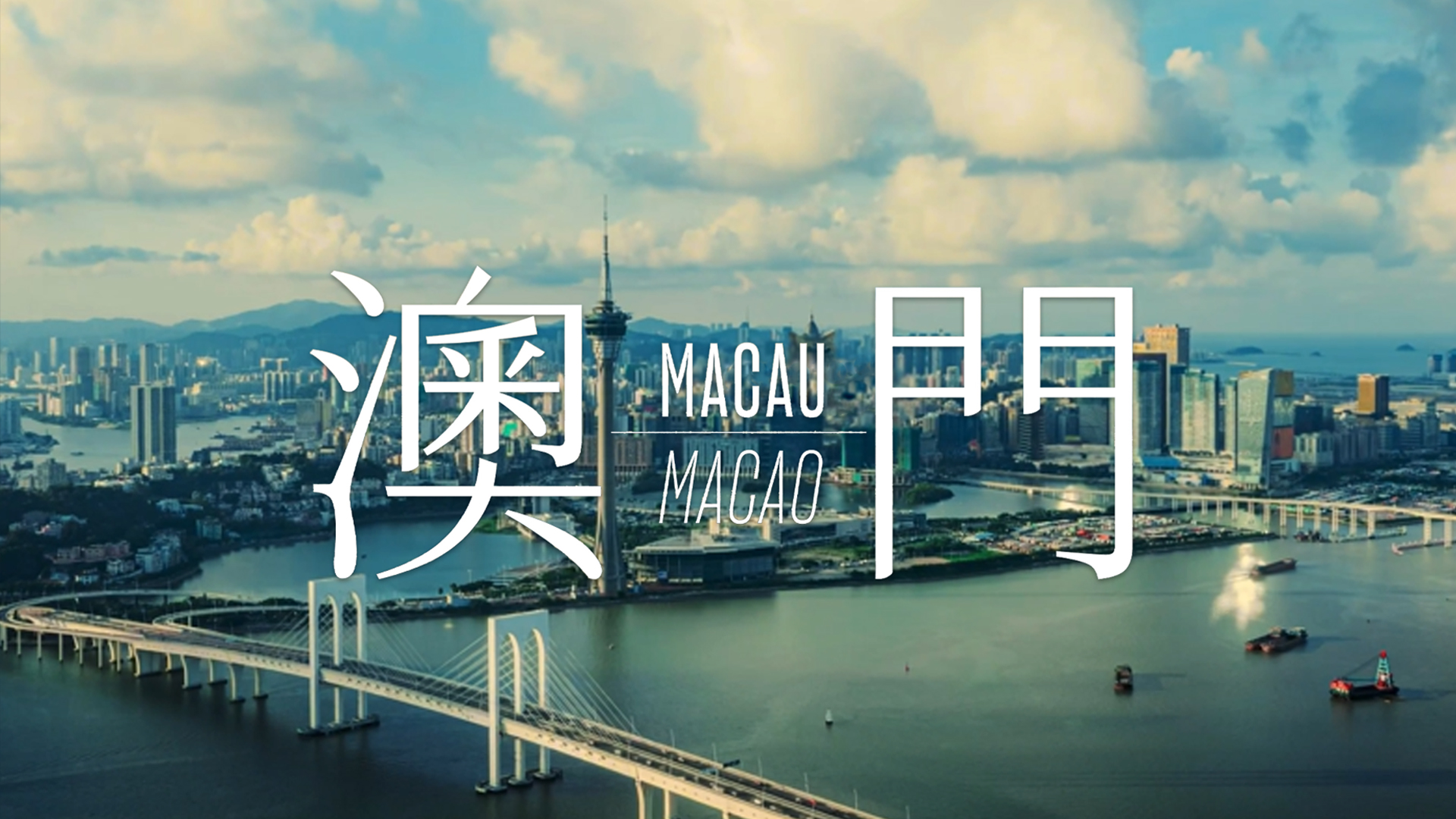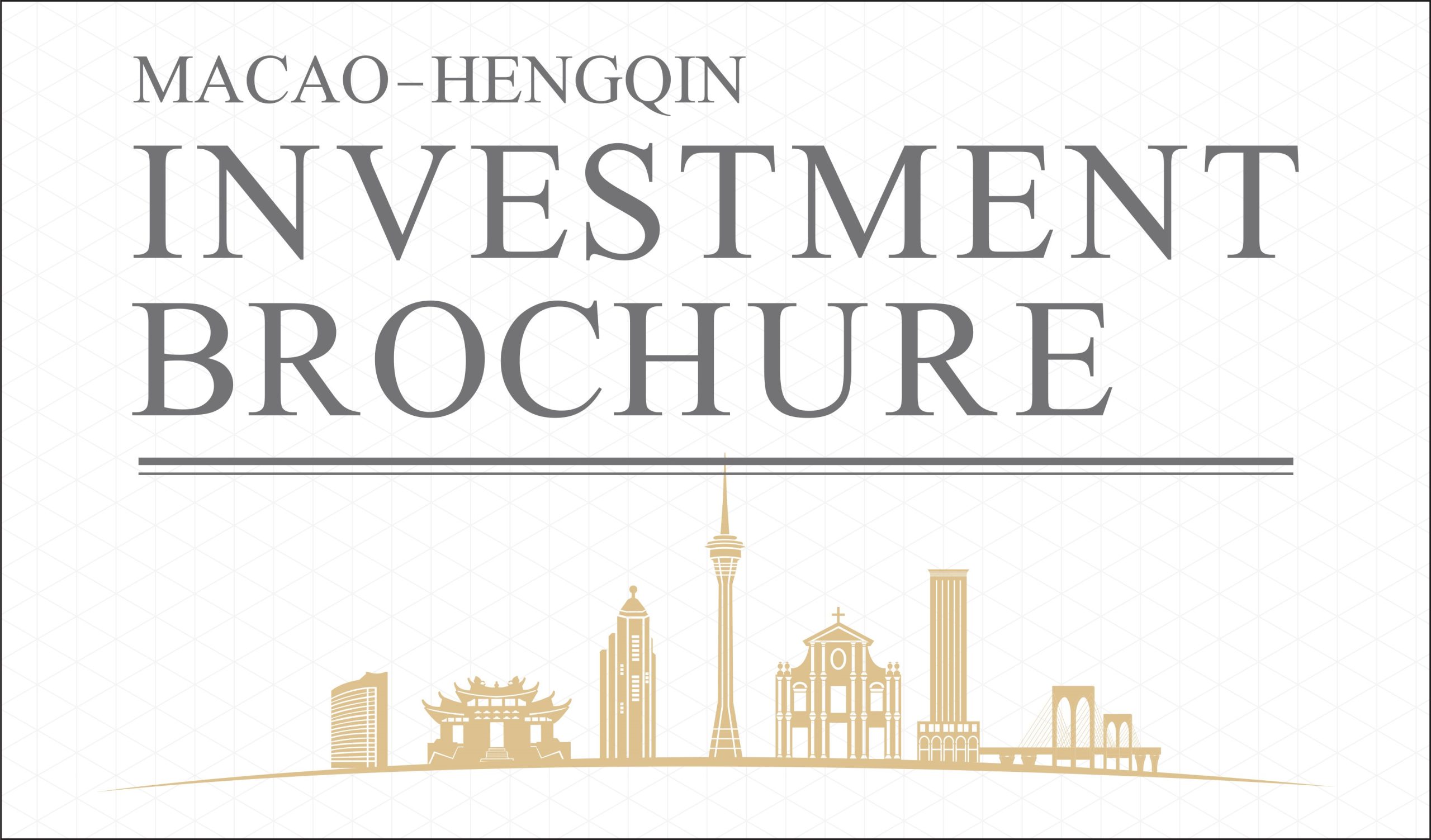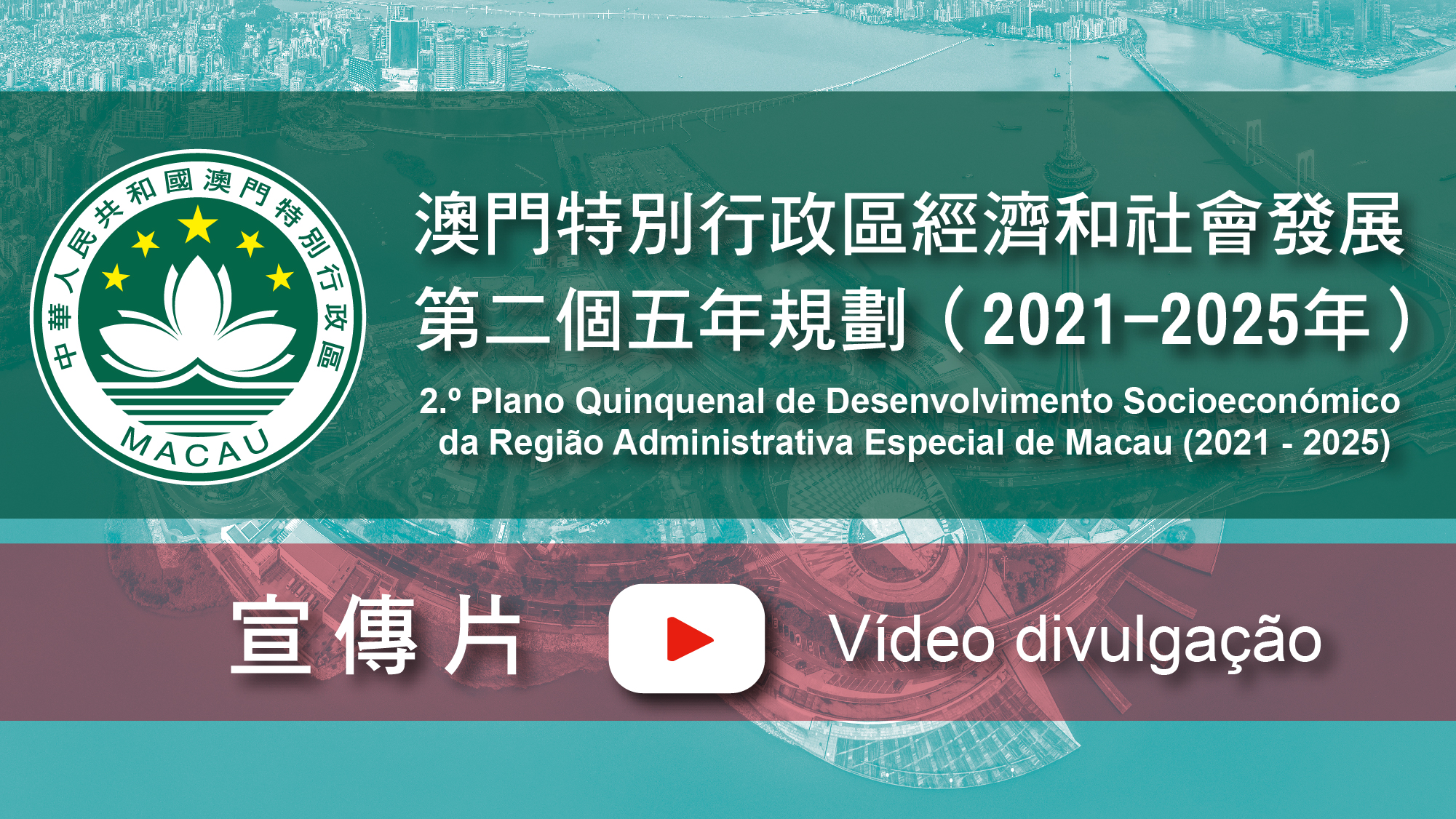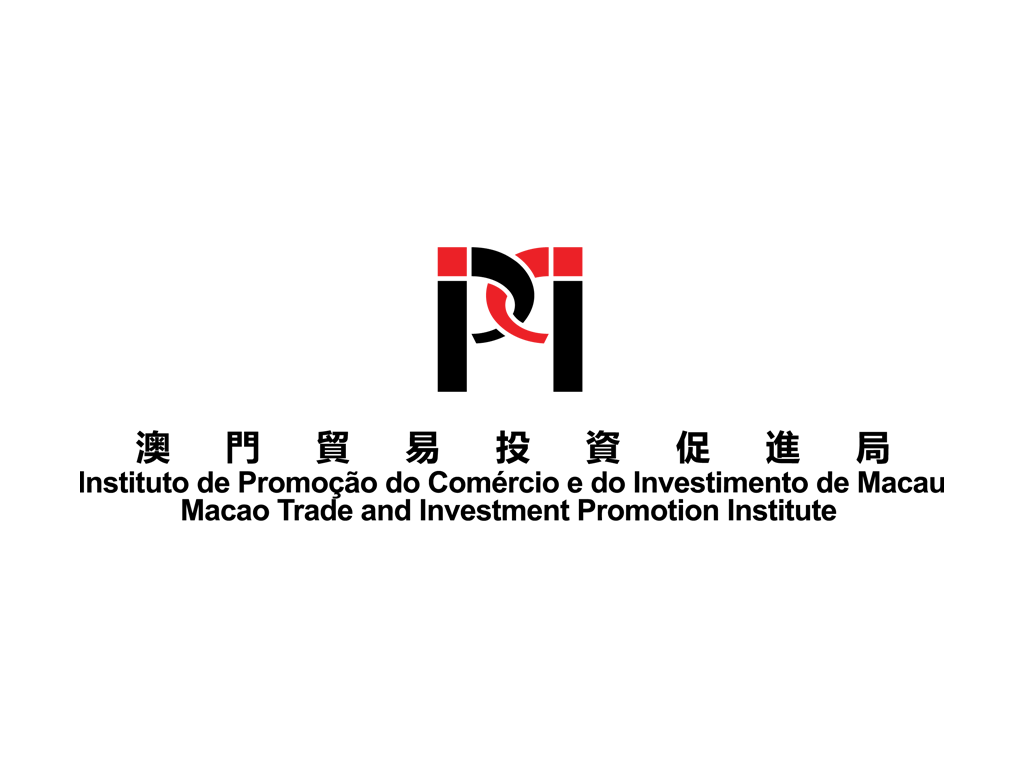Search Issues
The Kingdom of Saudi Arabia (KSA)
The Kingdom of Saudi Arabia (KSA) is located on the Arabian Peninsula. It borders Persian Gulf on the east, the Red Sea on the west, as well as countries including Iraq, Jordan, Kuwait, Oman, the United Arab Emirates (UAE) and Yemen. It covers an area of 2,149,690 square kilometres, being the second largest country in the Arab world after Algeria. It has a population of 32,400,000 (2017). The capital is Riyadh and Arabic as the official language.
Oil is the mainstay of the economy and the government is in control of the major economic activities. Being the world’s second-largest country with proven oil reserves after Canada, it is not only the world’s largest oil exporting country, but also the major member state of the Organization of the Petroleum Exporting Countries (OPEC) and the only Arabic country in the Group of Twenty. The revenue from the Oil industry amounted to 89% of the total national revenue, 43% of the GDP and 90% of the export revenue. Service industry and agriculture accounted for 55% and 2% of the GDP respectively.
After its accession to the World Trade Organisation (WTO) in December 2005, Saudi has benefited from the escalating international oil prices. The ample revenue from oil export maintains relatively rapid economic growth. The government shows immense support in developing and enhancing domestic infrastructure and production facilities, increases the input in infrastructural facilities, healthcare and education, as well as accelerating development of economic diversity, the “Saudisation” programme and economic privatization. The government is keen on the development of non-oil industries such as mining and light industry and also encourages agriculture, fisheries and animal husbandry industries, as well as actively attracting foreign investment and protect national economy.
Due to the collapse of crude oil prices in 2014, Saudi experienced its first budget deficit in 2014 and the government aimed for the initial public offering of its state-owned oil company in 2018. The “Saudi Vision 2030” also proposed to liberalise privately-owned industries such as education and medical, as well as encouraging development of the tourism and entertainment industry. Tourism, arms-manufacturing and mining are identified as industries with huge potentials, and the government converted 10% of the major power sources as renewal energy and actively attract foreign investment and encouraged development of private sector and reduce national economy’s dependence on oil export.
In 2016, Saudi’s accumulated foreign direct investment (FDI) amounted to USD231.5 billion, a rise of 31.3% as compared to 2010. According to the information of the Ministry of Commerce, China’s accumulated FDI in Saudi had increased from USD760.6 million in 2010 to USD 2.4 billion as of the end of 2016. In 2017, due to the weakness of the oil prices worldwide and the fall of oil production capacity, Saudi’s GDP has drastically fall from 4.1% in 2015 to 1.4% in 2016.
Resources
Proven crude oil reserves amounted to 36.2 billion tonnes, accounted for 16% of the world’s total reserves and ranks second worldwide. Natural gas reserves totaled to 29.1 billion square feet and ranks the fifth in the world. Saudi also possesses mineral reserves of gold, copper, iron, tin, aluminium, zinc and phosphate. It is also the world’s largest producer of desalinated water, with a desalination capacity accounted for around 20% of the world total output.
Industries
Oil and petrochemical industries are the mainstay of the economy. Oil revenues accounted for more than 70% of the national fiscal revenues and 42% of the GDP. In recent years, the government made full use of its abundant oil and natural gas resources and actively introduced advanced technology and facilities from overseas, and made vigorous efforts in developing non-oil industries such as the steel, aluminium refining, cement, desalination, power, agriculture and service industries, thus brought changes to the monotonous economic structure relying on the oil industry.
Agriculture
Seventy percent of Saudi’s land is semi-arid uncultivated land or low-grade grassland, 3.45 million hectares of arable land accounted for only 1.6% of the total land area. Permanent grassland accounted for 3.785 million hectares equivalent to 1.9% of the total land area. Forest coverage is low covering only 1.4% of the total land area. The distribution of agricultural land mainly concentrated in southwestern area with relatively ample rainfall. Currently major agricultural products are wheat, corn, date palm, citrus fruits, grapes and pomegranate. The self-sufficiency ratio of cereal is low and imports accounted for nearly 80% of the domestic demand. Saudi is the largest importing country of barley with an annual average import of 6 million tonnes. Fruits supply can meet 60% of the domestic demand. Animal husbandry mainly include sheep, goat and camel.
Finance
Saudi’s banking industry is well developed. Most of the banks are making profits with 8% net profit growth. There are 10 commercial banks, among which, 3 are local banks namely the National Commercial Bank, Riyad Bank and Al Rajhi Bank, while others are joint ventures.
Foreign Trade
Saudi adopts free trade and low tariff policy. Exports are mainly oil and oil products, amounted to 90% of total exports. The export of petrochemical and certain industrial products are growing. Imports are mainly consumer goods such as mechanical equipment, food products, textiles as well as petrochemical products. Major trade partners are China, Germany, India, Italy, Japan, Korea, UAE and US. Saudi records long-term foreign trade surplus due to the massive amount of oil exports.
Main Economic Indicators 2016
| Gross Domestic Product (US$ Trillion) | 6,464 |
| Real GDP growth (%) | 1.7 |
| GDP per capita (US$) | 20,150 |
| Inflation (%) | 3.5 |
| Land area (sq km) | 2,149,690 |
| Population (Million) | 32,400,000 |
Source: CIA-The World Factbook,
https://www.cia.gov/library/publications/the-world-factbook/
Main Trading Countries / Territories with Egypt 2015
| Main Destinations for Exports | % |
| China | 13.6 |
| Japan | 11.3 |
| India | 10.7 |
| US | 9.8 |
| South Korea | 9.1 |
| UK | 4.7 |
| Main Origin for Import | % |
| China | 16.2 |
| US | 15 |
| Germany | 6.3 |
| Japan | 5.3 |
| UAE | 5 |
| South Korea | 4.3 |
Source: https://www.cia.gov/library/publications/the-world-factbook/
Foreign Trade In 2015 and 2016 (unit: US$ Billion)
| Year | Total Trade | Exports | Imports |
| 2016 | 311.4 | 183.6 | 127.8 |
| 2015 | 362.8 | 203.5 | 159.3 |
Major Export Commodities: Commodities: petroleum and petroleum products 90%
Main Import Commodities: machinery and equipment, foodstuffs, chemicals, motor vehicles, textiles
Source:
1.CIA-The World Factbook, https://www.cia.gov/library/publications/the-world-factbook
2.Index Mundi-Country Fact, http://www.indexmundi.com
Mainland China-Saudi Arabia (unit: US$ billion)
| Year | Total | Exports | Imports |
| 2016 | 42.36 | 18.75 | 23.61 |
Source: Ministry of Commerce of the People’s Republic of China, http://mds.mofcom.gov.cn/article/Nocategory/
Macao-Saudi Arabia Bilateral Trade 2016
| Type of Trade | Weight (KG) | Patacas |
| Imports | 53,771,030 | 331,524,000 |
| Exports | 10,679 | 2,207,716 |
Source: The Macao Statistics and Census Service,http://www.dsec.gov.mo/
SOURCE
The Ministry of Foreign Affairs of the People’s Republic of China
http://www.fmprc.gov.cn/chn/default.htm
The Ministry of Commerce of the People’s Republic of China
http://zhs.mofcom.gov.cn/
The Economic and Commercial Counselor’s Office of the Embassy of the People’s Republic of China in the Republic of the Kingdom of Saudi Arabia
http://sa.mofcom.gov.cn/
The Statistics and Census Service
http://www.dsec.gov.mo/
The World Factbook
http://www.cia.gov/





















